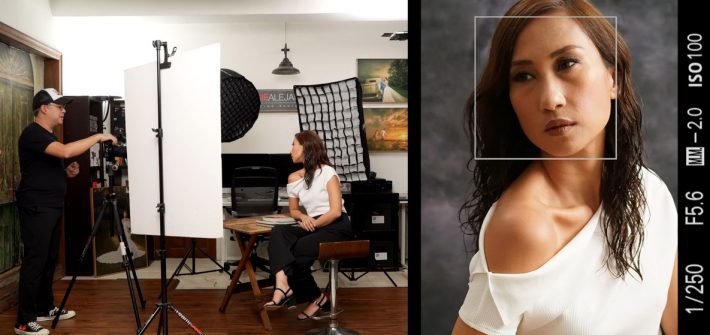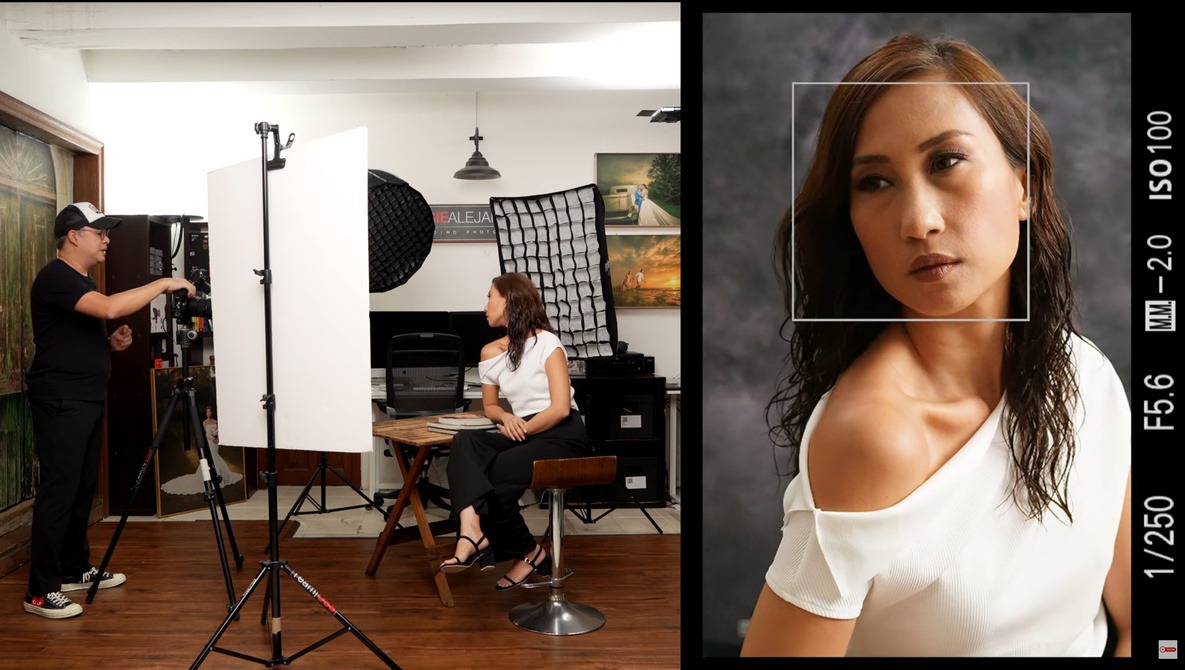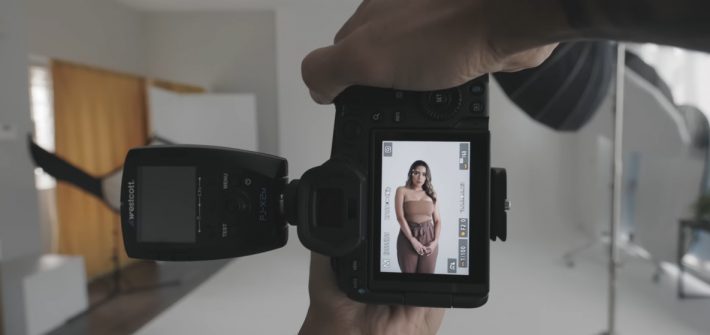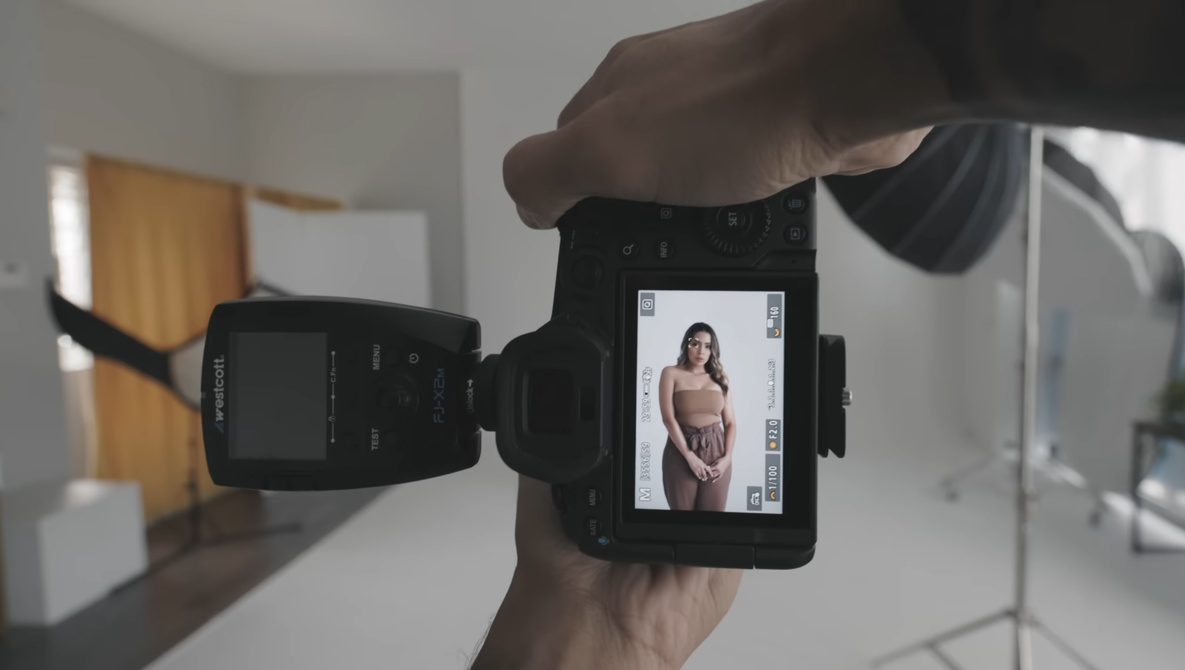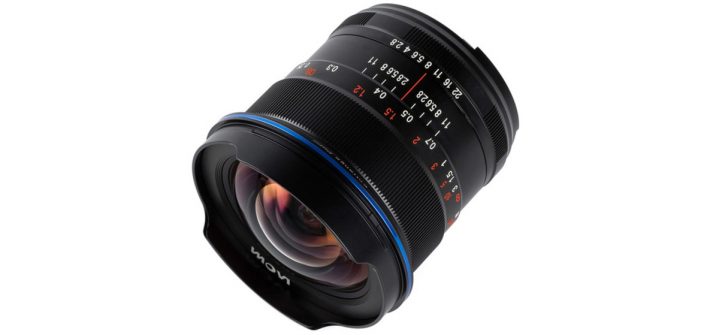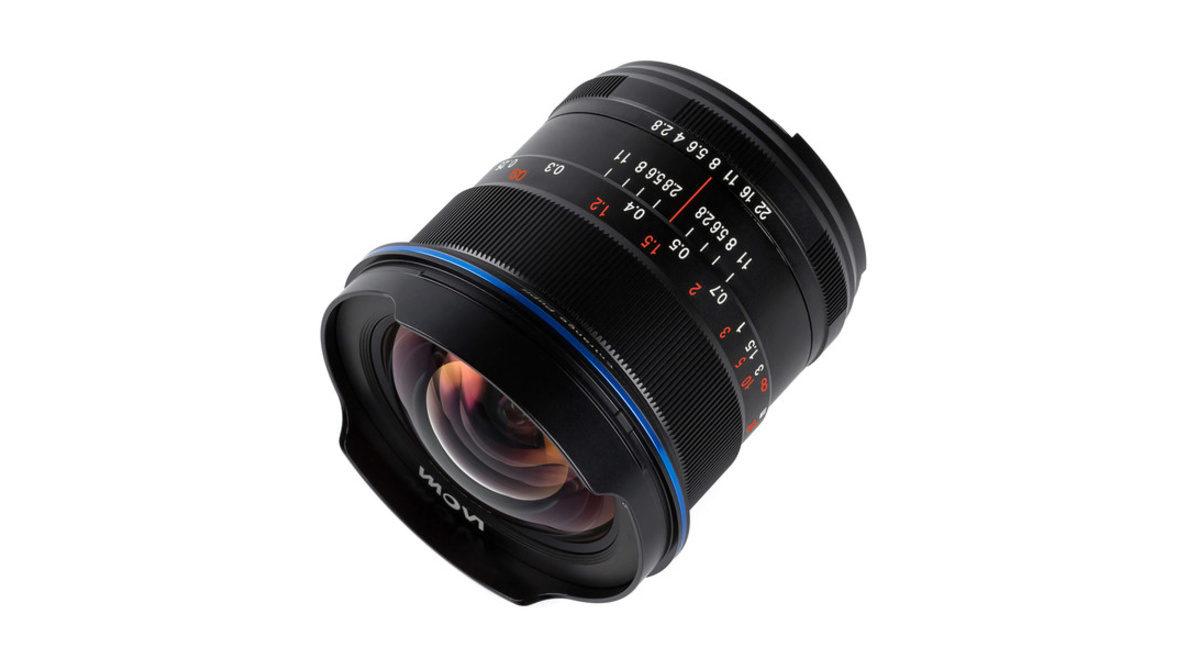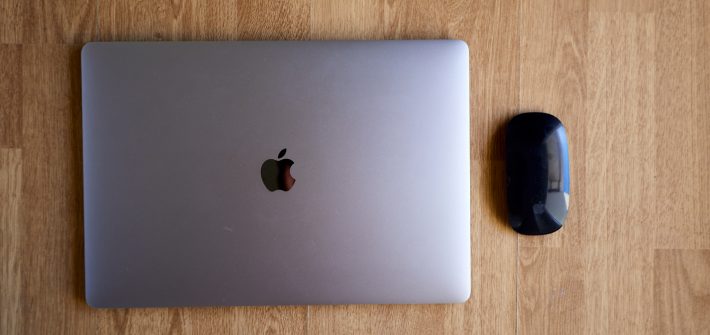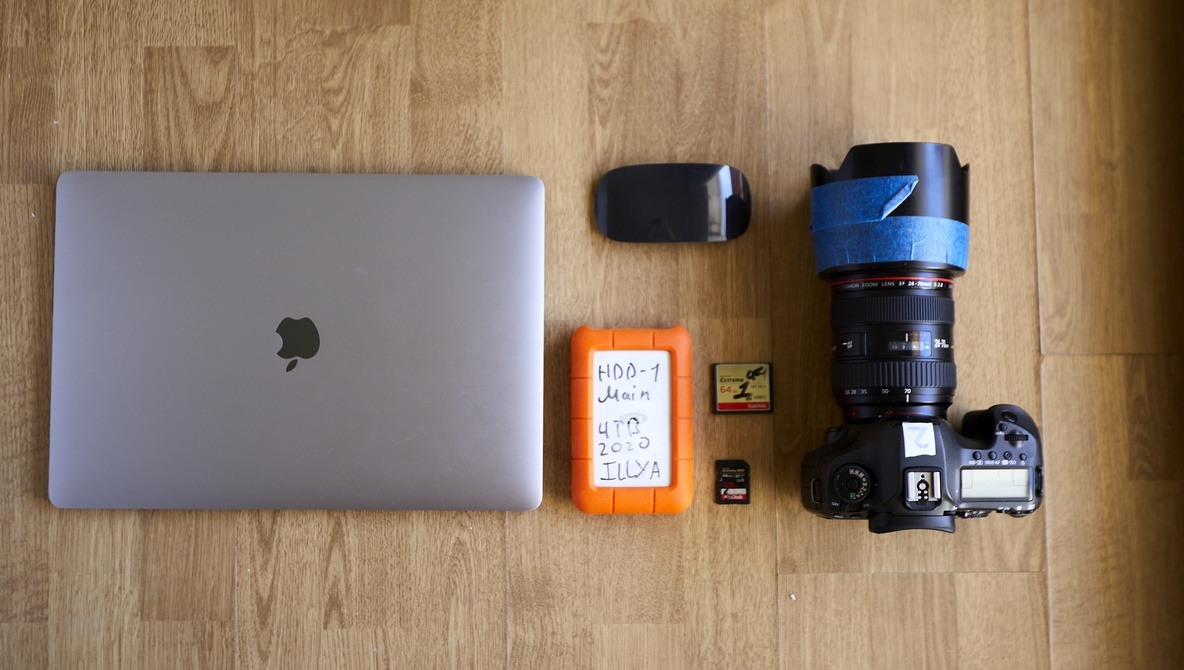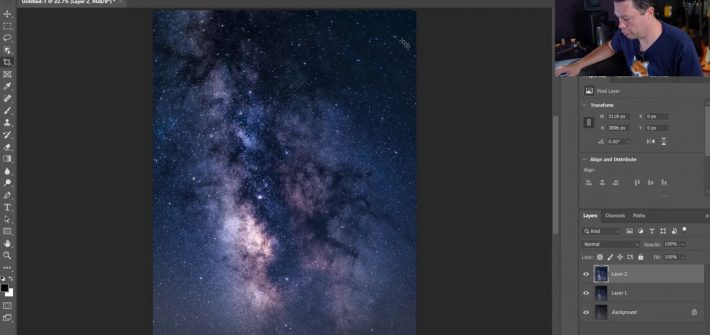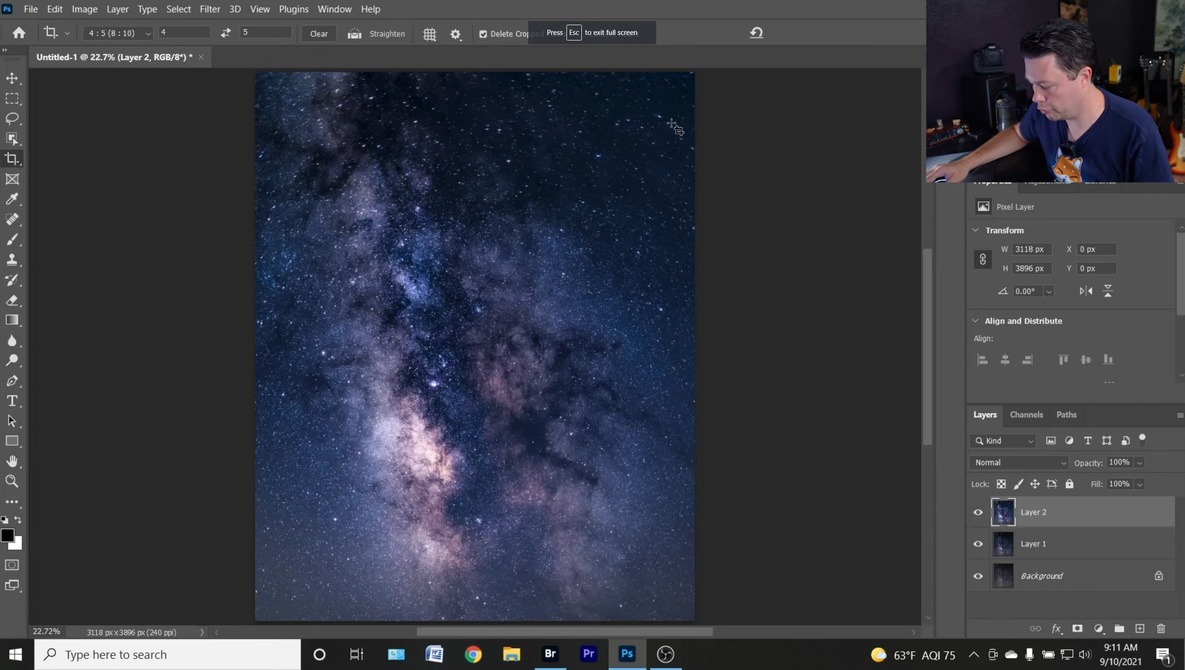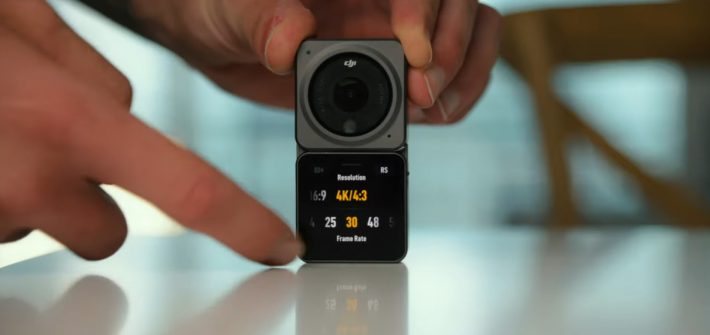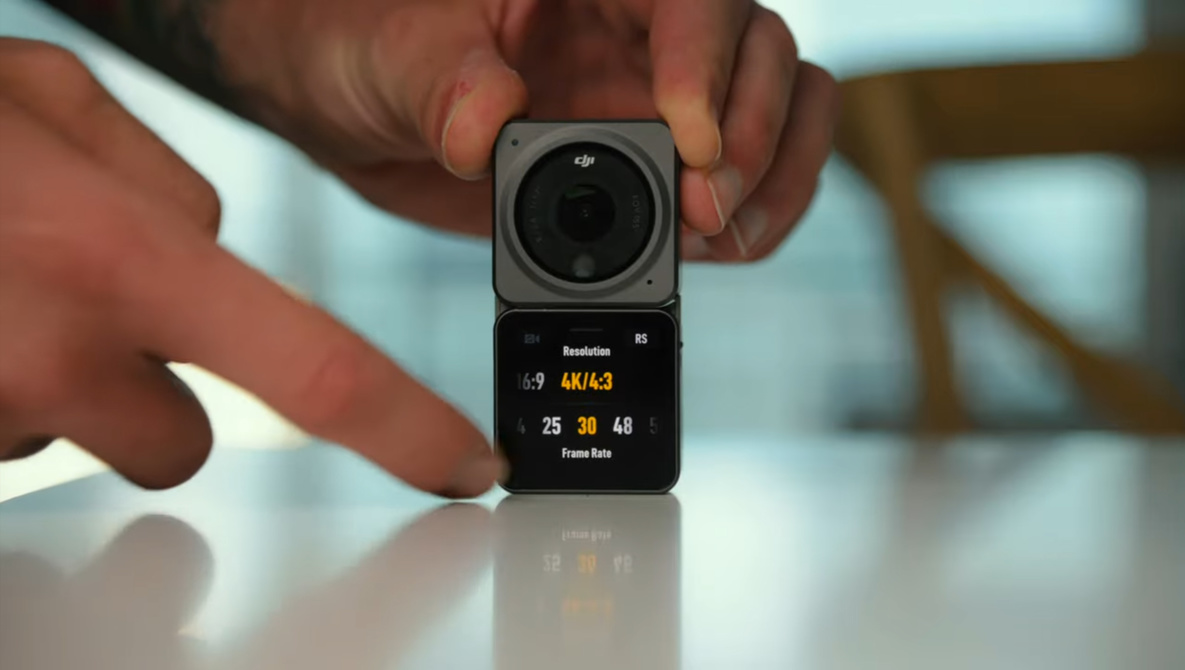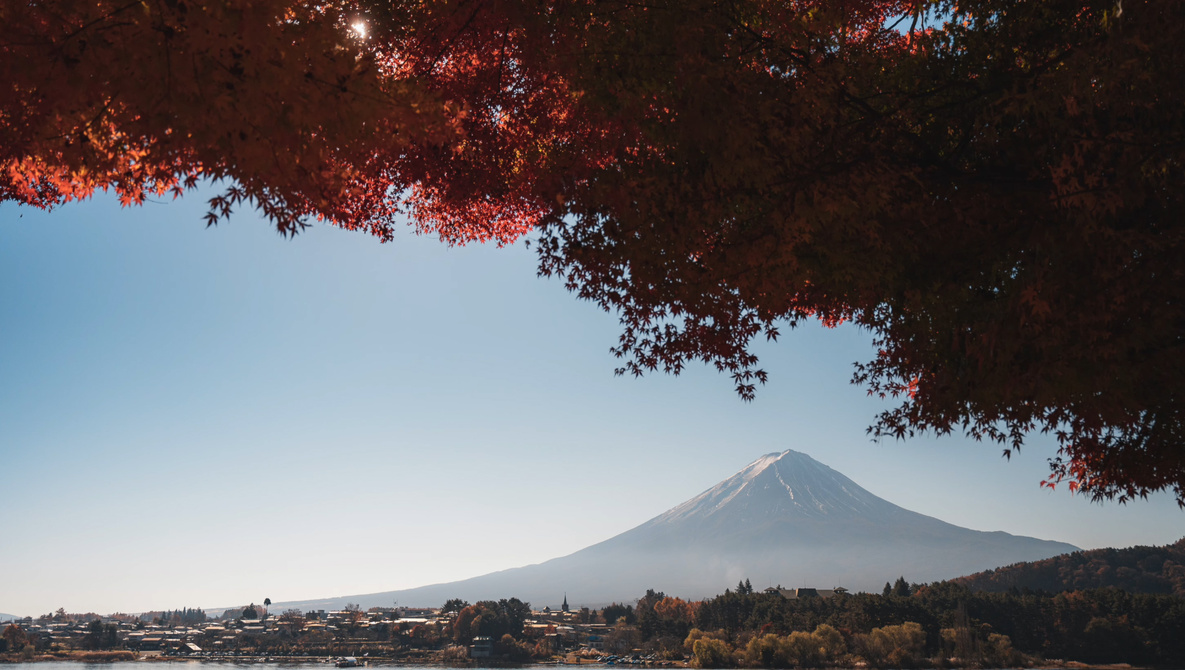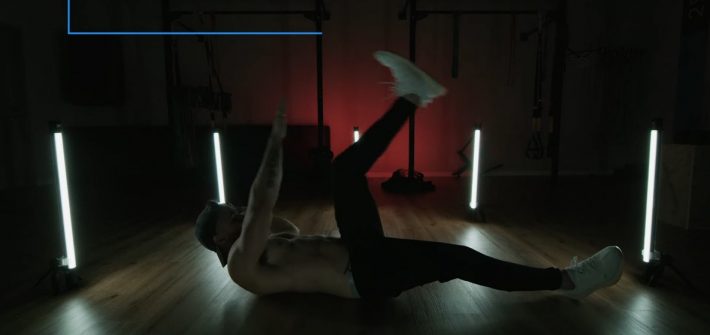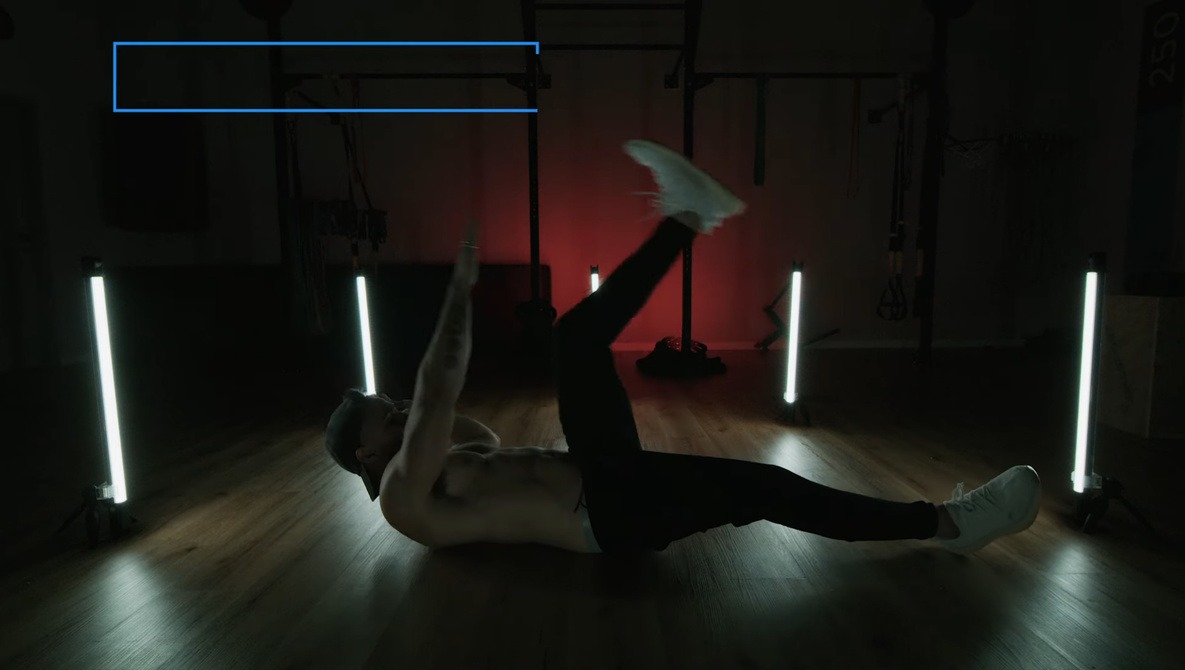There are many ways to light a subject, both complex and simplistic, and while you might be always tempted to go for the most complicated setups, knowing the classics is important too. Classic lighting is classic for a reason and you may find yourself using it more often than you expect.
BTS
A Look at One of the Most Insanely Difficult Shots in Movie History

Brian De Palma is well known for movies like “Carrie,” “Scarface,” and “Mission: Impossible.” His 1990 film “The Bonfire of the Vanities” was panned by critics and was also a box office bomb, but within it is one incredibly cool shot that took an unbelievable amount of planning and technique to pull off, and the result was well worth the effort. This awesome video will show you the scene as well as what went into making it.
![]()
